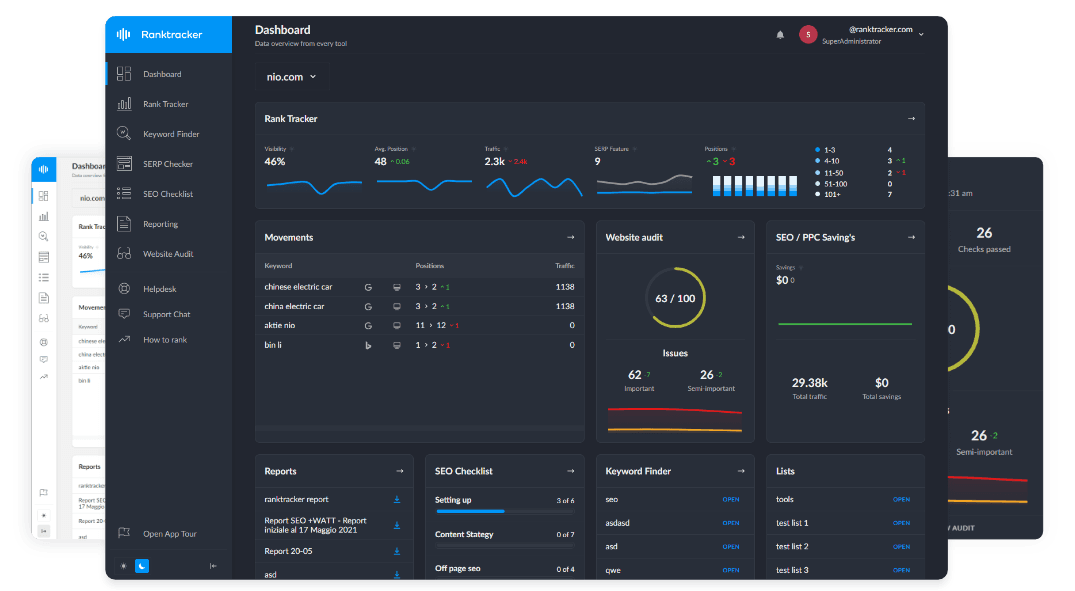Intro
Whether you're producing raw honey, offering hive rentals, hosting farm tours, or selling beeswax and skincare products, your beekeeping business thrives when people can find it. And in today’s digital world, that means showing up at the top of search results when someone Googles “local honey near me” or “beekeeping farm tour [city].”
SEO (Search Engine Optimization) is the key to connecting with eco-conscious consumers, health enthusiasts, chefs, gift shoppers, and local markets. By optimizing your website and online content, you can grow your honey farm’s visibility, boost product sales, and build a loyal customer base that values purity, sustainability, and local sourcing.
Why SEO Matters for Beekeeping and Honey Farms
Customers are searching online every day for natural, locally sourced honey and bee-based products. If your farm doesn’t appear in those searches, you’re missing out on ready-to-buy customers.
With SEO, your honey farm can:
-
Rank for high-intent searches like “raw honey near me” or “buy beeswax candles online”
-
Attract local customers, tourists, markets, and wholesalers
-
Promote special offerings like hive sponsorships, workshops, or tours
-
Share your story and build a trustworthy, eco-friendly brand
-
Drive traffic to your online store, events page, or local pickup info
SEO helps you turn web searches into foot traffic and orders.
Keyword Research That Captures Search Demand
Target keywords that align with what people are actually looking for—your products, your location, and your values.
Examples of high-impact keywords:
-
raw honey [city/state]
-
local honey near me
-
organic honey farm [region]
-
beekeeping tours [city]
-
beeswax products online
-
hive rental for pollination
-
farm-to-table honey [city]
-
honey gift box delivery
Use Ranktracker’s Keyword Finder to discover search volume and competitiveness for long-tail and local-specific terms relevant to your honey farm.
On-Page SEO That Highlights Your Products and Story
Your website is the digital front porch of your honey farm. It should be welcoming, informative, and easy to navigate—for both visitors and search engines.
What to optimize:
-
Use descriptive H1, H2, and H3 headings like “Buy Local Raw Honey in [City]” or “Natural Beeswax Skincare”
-
Include unique meta titles and descriptions for each product or service page
-
Create pages for each core offering: honey products, beeswax items, tours, hive rentals, workshops, etc.
-
Add CTAs like “Order Now,” “Book a Tour,” or “Shop Gift Sets”
-
Include your certifications (e.g. organic, non-GMO), bee welfare practices, and sustainability efforts
-
Use original product photos, packaging details, and happy customer testimonials
A well-organized FAQ page also helps you rank for common questions like “Is raw honey better?” or “Do you offer bulk pricing?”
Local SEO to Reach Nearby Shoppers and Supporters
Most honey farm customers are local—whether they’re regular buyers, farmers market attendees, or tourists looking for something sweet and authentic. Local SEO helps ensure your farm appears in searches within your community and surrounding regions.
Local SEO best practices:
-
Set up and optimize your Google Business Profile with accurate hours, contact info, location, and photos
-
Use keywords like “honey for sale in [town]” across your homepage, product pages, and blogs
-
Embed a map on your contact page and list all farmers markets or retail locations you supply
-
Encourage Google reviews from happy customers, especially if they visited your farm or loved your products
-
Submit your business to local food directories, Slow Food chapters, eco-friendly gift shops, and agritourism platforms
If you ship nationwide but operate locally, create both local and broad-focused pages for best results.
Content Marketing to Educate, Inspire, and Attract
Blogs, articles, and storytelling help your site rank for informational searches—and establish you as a trusted authority on bees, honey, and sustainability.
Blog content ideas for honey farms:
-
“The Health Benefits of Raw Honey”
-
“How Bees Make Honey (And Why It Matters)”
-
“Our Top 5 Uses for Beeswax Around the House”
-
“A Look Inside Our Beekeeping Process”
-
“Why Local Honey Supports Better Pollination and Biodiversity”
-
“How to Host a Bee-Friendly Garden at Home”
This type of content builds long-tail keyword traffic and keeps your audience engaged, especially if you combine it with social media or an email newsletter.
Visual SEO to Showcase Your Farm and Products
Honey farms are naturally photogenic—show your hives, bees, jars, products, and land to build emotional connection and trust.
Visual SEO tips:
-
Use original, high-quality photos and videos of your bees, farm, products, and behind-the-scenes processes
-
Add alt text like “jar of raw wildflower honey from [Farm Name] in [City]”
-
Name image files with keywords, such as “honeycomb-pure-local-honey.jpg”
-
Embed short videos (e.g., pouring honey, bees at work, candle-making, farm tours)
These images can help you rank in Google Images and boost the time visitors spend on your site.
Build Backlinks to Grow Authority
Getting featured or linked by other trusted sites tells Google that your farm is a credible source—which improves your rankings over time.
Smart backlink sources:
-
Local food and farm directories (e.g., LocalHarvest, EatWell Guide)
-
Sustainability and wellness blogs open to guest contributors
-
Online marketplaces or eco-product retailers linking to your listings
-
Event listings and agritourism guides if you offer tours or seasonal events
-
Restaurant or retail partners who feature your honey on their websites
Use Ranktracker’s Backlink Checker to monitor where your links come from and spot new opportunities.
Track, Adjust, and Scale Your Results
SEO is a long-term strategy—but one with compounding returns. With the right tracking tools, you can measure your progress and make smarter decisions over time.
Use Ranktracker to:
-
Monitor rankings for core keywords like “raw honey [city]” or “local beeswax candles”
-
Audit your site for technical errors, slow load times, or mobile performance issues
-
Identify top-performing pages, products, or blog content
-
Plan seasonal campaigns (e.g., “Holiday Honey Gifts” or “Spring Beekeeping Tours”)
Consistent optimization helps your site rank higher and sell more—season after season.
Final Thoughts
Beekeeping and honey farm SEO is about more than traffic—it’s about community, education, and making your farm discoverable to the people who value what you do. From local shoppers to online buyers, your visibility can shape how many people taste your honey, learn about your bees, and support your mission.
With smart keyword strategy, helpful content, local visibility, and strong visuals, you can build a buzzing online presence that brings your sweet story to life—and keeps your farm growing naturally.

